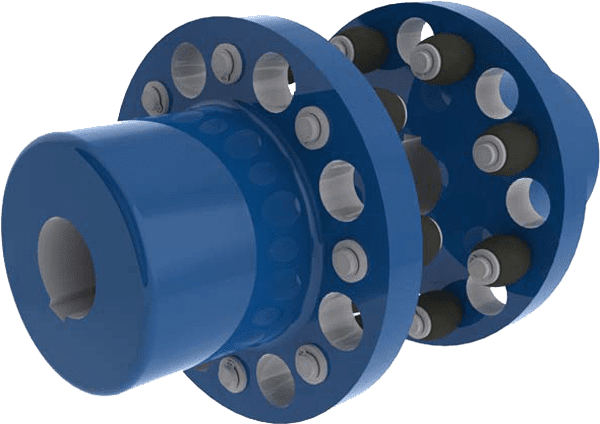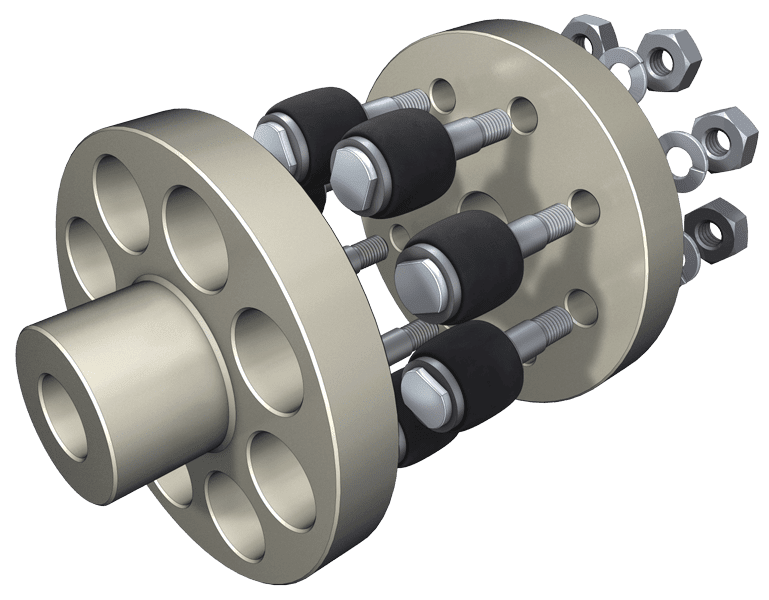Difference between the rigid and flexible coupling?
- The rigid coupling is where the axle shafts are attached to each other and there is no flexibility in movement. and it does not allow axial or radial motion in between the driving and driven shafts.
- A flexible coupling is where the shafts are connected by a flexible joint, which allows transmitting torque from one shaft to another when the two shafts are misaligned and they move independently of each other.
- In a rigid coupling, the two parts are connected together with high strength. The weight of the vehicle transfers from one axle to another and can result in a dangerous situation if something happens.
- A flexible coupling can work if the shaft is misaligned but rigid coupling cannot work init.
- A flexible coupling is a more complex mechanism compared to Rigid coupling.
- A flexible coupling has limited strength but is designed to move between axles under force.
- The rigid coupling between the two wheels is a solid connection. In this type of connection, there is no movement or flexibility in any direction.
- Flexible coupling can be either a mechanical connection or an electrical connection.
- A rigid coupling is a type of mechanical system where all the components are rigidly connected.
- The strength of each component in rigid coupling is independent of its surrounding components.
- Rigid couplings wear out quicker than flexible couplings.
- Rigid coupling required regular maintenance than flexible coupling.
- The Flexible Coupling system provides maximum flexibility to change any part of the car, it also reduces cost and time for maintenance and repair as well as improves safety and reliability.
- A flexible coupling is more expensive than a rigid coupling.
Rigid Coupling
Flexible Coupling



